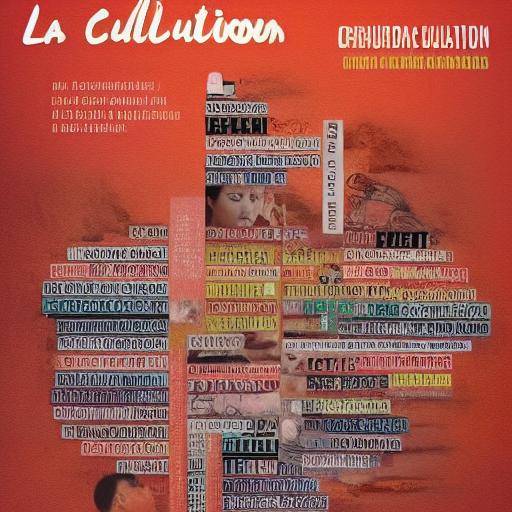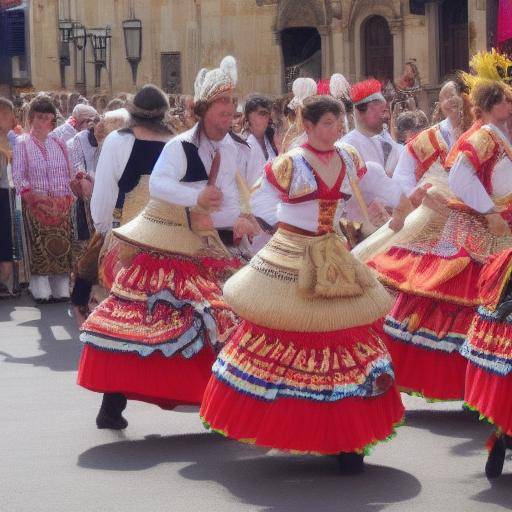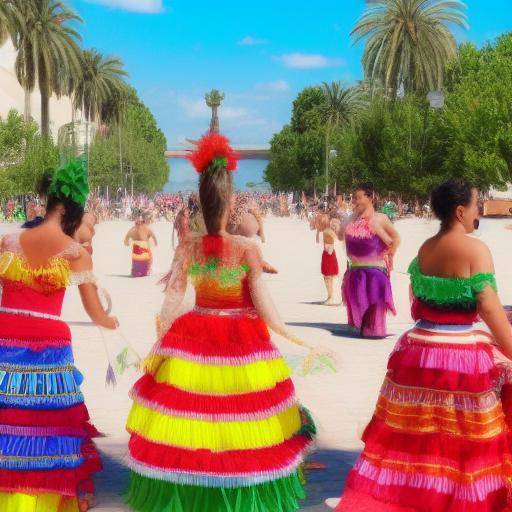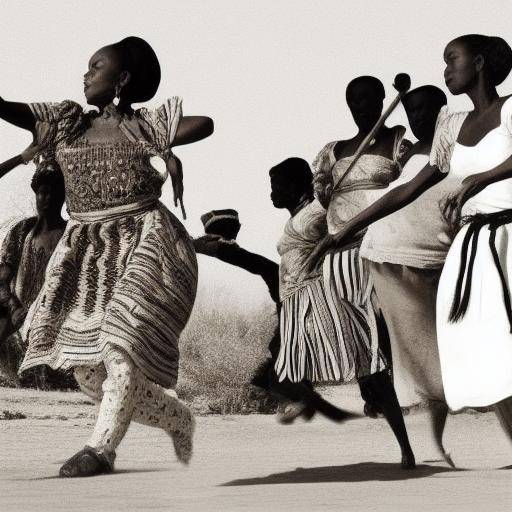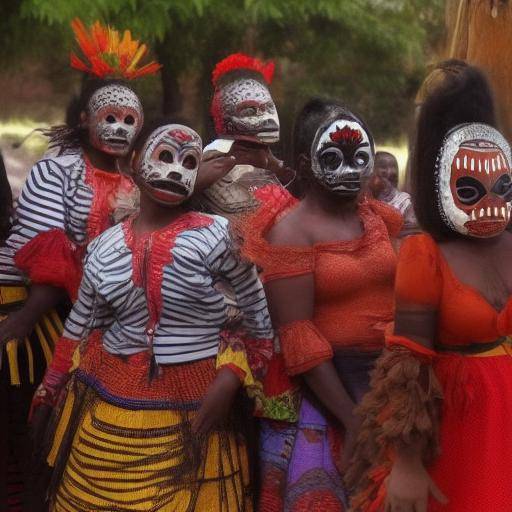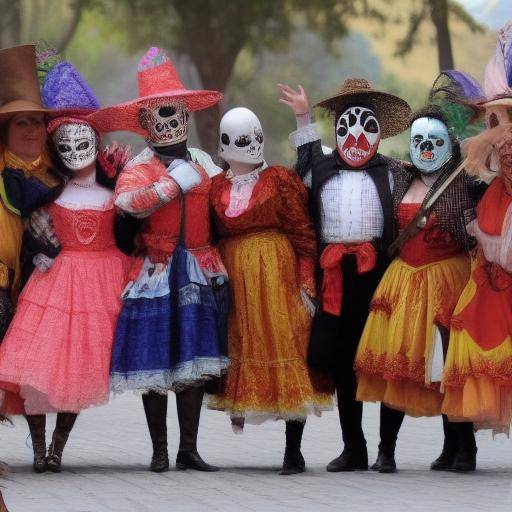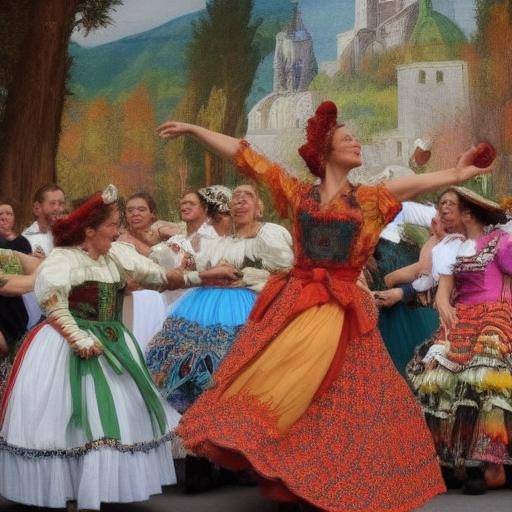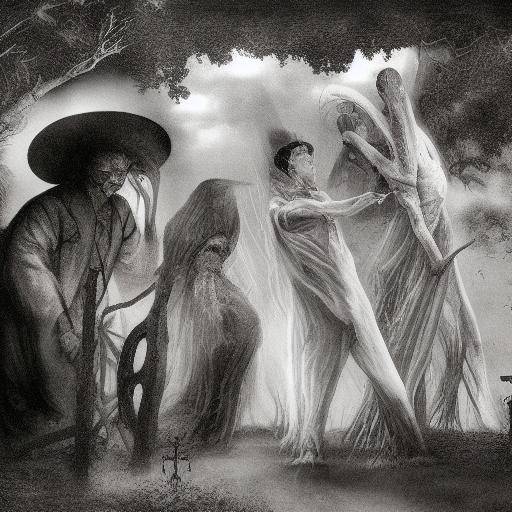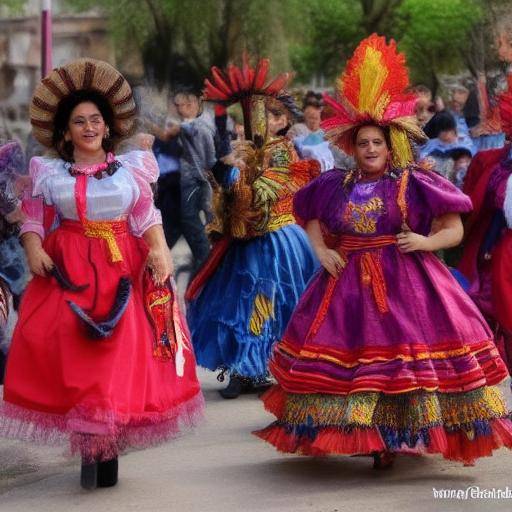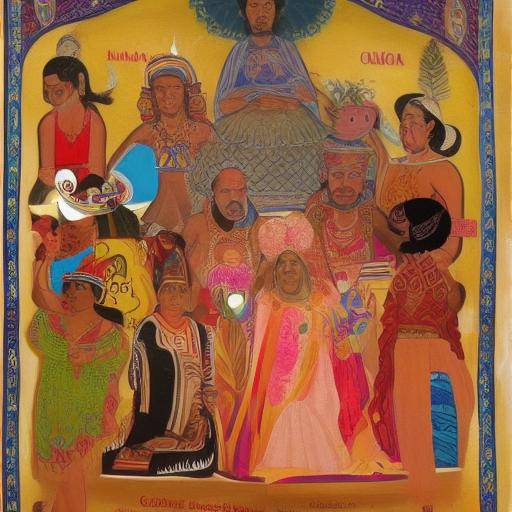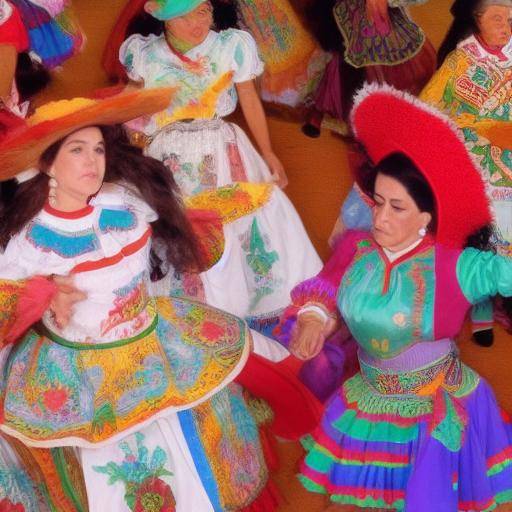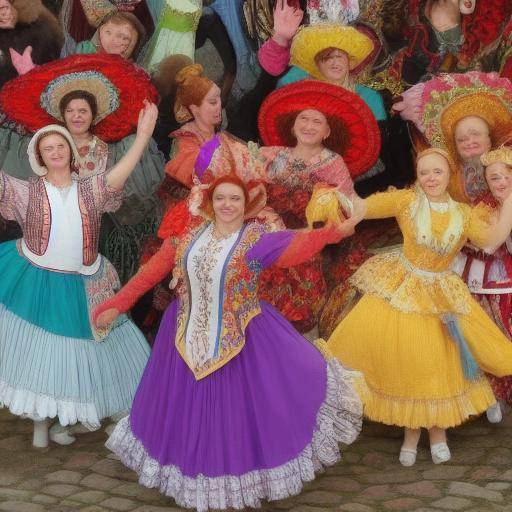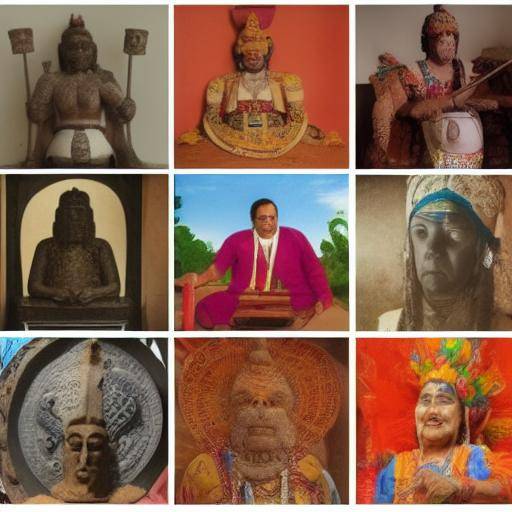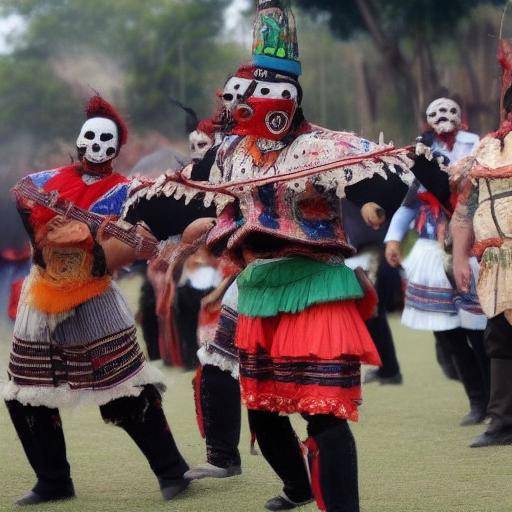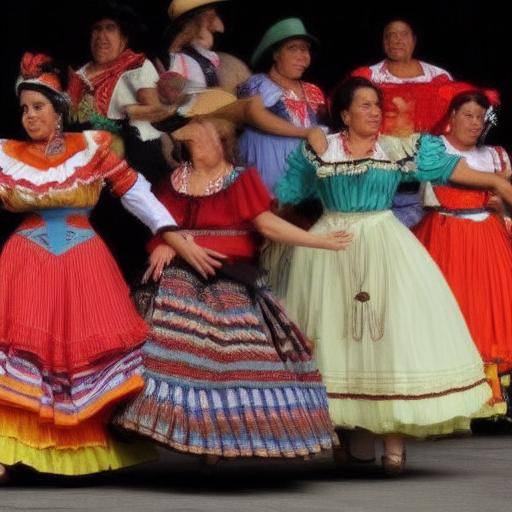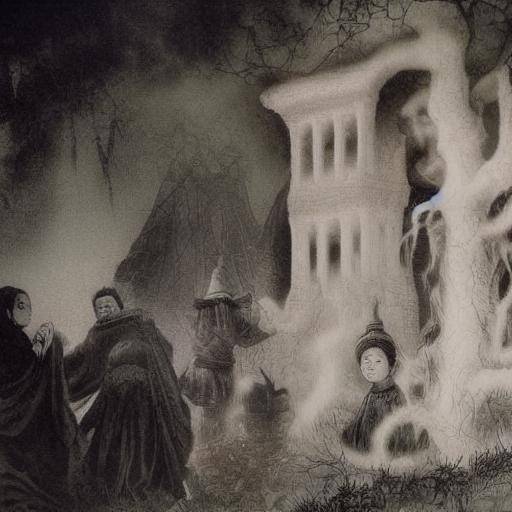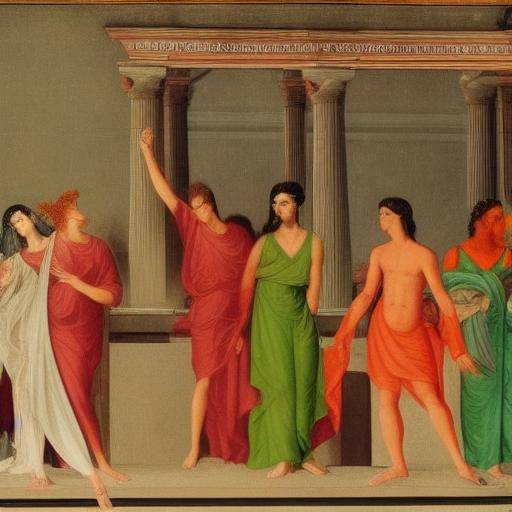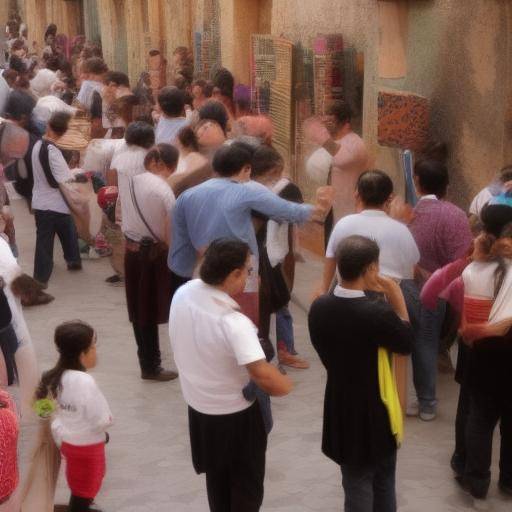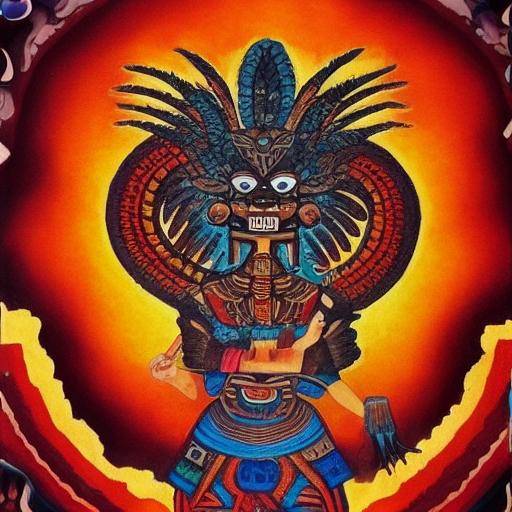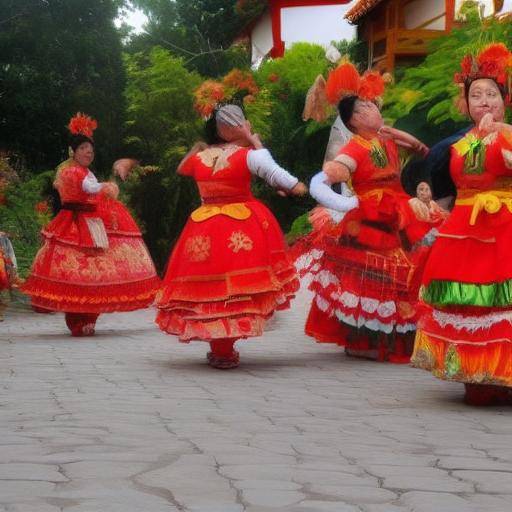
Introduction
Folklore, that set of customs, traditions, legends and cultural expressions that are transmitted from generation to generation, has had a significant impact on Asian traditions. From ancient myths to contemporary performing arts, folklore has shaped beliefs, celebrations and forms of expression in the various cultures of Asia. In this article, we will explore the profound influence of folklore in Asian traditions, highlighting its historical aspects, its role in current society, comparison with other cultures and future trends.
History and Background
Asian folklore has ancestral roots dating back to millennia. From the heroic epopeyas such as Ramayana in India, to the legends of dragons in China, folklore has served as a link between the past and the present, transmitting values, traditions and knowledge. In ancient China, for example, the stories of immortals and mythological beings were fundamental to understanding the world and morality. These stories were intertwined with ceremonial and ritual practices, creating a unique and profound cultural fabric.
Over the centuries, Asian folklore has evolved, absorbing influences from different cultures and adapting to social changes. The arrival of Buddhism, for example, not only impacted religion, but also artistic expressions and popular legends. Similarly, the influence of globalization has led to the fusion of local traditions with modern elements, leading to new manifestations of folklore in the region.
Deep analysis
At present, Asian folklore continues to play a central role in the configuration of cultural identities. Traditional holidays, such as the Lunar New Year or the festival of Durga Puja, offer a showcase of dances, music, clothing and food that reflect the richness of cultural heritage. This not only promotes a sense of belonging, but also attracts tourists and promotes cultural diversity in an increasingly interconnected world.
However, the impact of folklore is not limited to the festive. It also permeates the social and economic fabric of Asian societies. For example, traditional handicrafts, such as ceramics and wood carving, remain a source of livelihood for many rural communities, providing a tangible connection to past traditions. Similarly, performing arts, such as Noh Theatre in Japan or ritual dances in Bali, not only preserve ancestral narratives, but also offer economic opportunities for local artists.
Comprehensive review
By comparing the impact of folklore on Asian traditions with other cultures, their profound influence on the collective psyche and creative imagination emerges. While European folklore can be marked by fairy tales and mythical creatures, Asian folklore is impregnated with ancient symbols and philosophical teachings. This diversity in folkloric expressions enriches the world landscape, offering a range of perspectives and experiences that transcend geographical boundaries.
Practical Tips and Recommendations
For those who wish to immerse themselves in Asian traditions and explore the impact of folklore, it is recommended to participate in traditional festivals, visit historic sites and museums, and support local artisans. This not only enriches personal understanding, but also contributes to the promotion and preservation of these valuable cultural expressions.
Conclusions and FAQs
In conclusion, the impact of folklore on Asian traditions is profound and lasting, serving as a vital link between the past and the present. As the world continues to change and evolve, it is crucial to preserve and value these cultural expressions, recognizing their importance in the configuration of identities and in the promotion of cultural diversity. Asian folklore not only enriches everyday life, but also offers valuable lessons on respect for nature, ancestral wisdom and unity among communities.
Frequently asked questions
1. What is the importance of folklore in Asian traditions?
Folklore in Asian traditions is fundamental, as it serves as a means of transmitting values, knowledge and traditions among generations, preserving cultural identity and promoting diversity.
2. How has Asian folklore evolved over time?
Asian folklore has evolved over time, integrating influences from diverse cultures and adapting to social changes, leading to new cultural expressions and manifestations.
3. What is the economic impact of folklore on Asian traditions?
Folklore in Asian traditions has a significant economic impact, as it contributes to tourism, sustains artisanal industries and provides opportunities for local artists, thereby strengthening the economy and cultural identity.
4. How can I participate in traditional Asian festivals to learn more about folklore?
To participate in traditional Asian festivals, it is recommended to investigate local holidays, plan visits to significant cultural destinations and support local artisans by acquiring their products.
5. What is the relevance of Asian folklore in contemporary society?
Asian folklore remains relevant in contemporary society, as it offers a connection to history, promotes a sense of belonging and promotes cultural diversity, thus enriching everyday life.
6. How can I contribute to the preservation of Asian folklore?
To contribute to the preservation of Asian folklore, local artists and artisans can be supported, participate in cultural activities, disseminate knowledge about folklore and promote sustainable practices that respect traditions.
In short, the impact of folklore on Asian traditions is profound and lasting, shaping everyday life, cultural identity and the region's economy. By exploring and assessing these cultural expressions, we can enrich our understanding of the world, promote diversity and preserve the legacy of past generations for the future.

